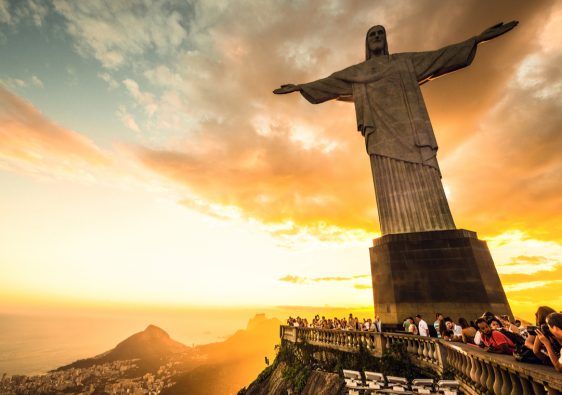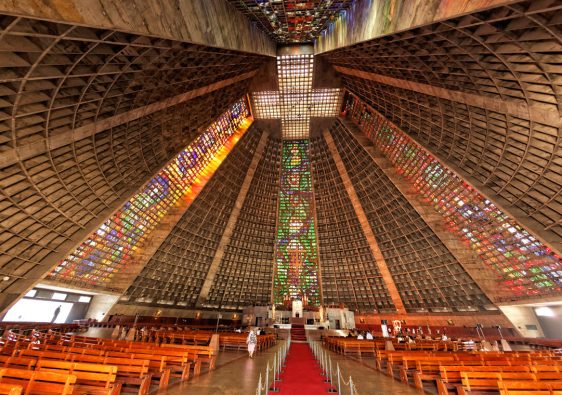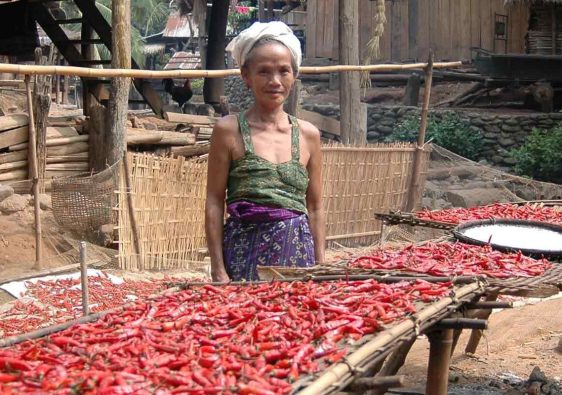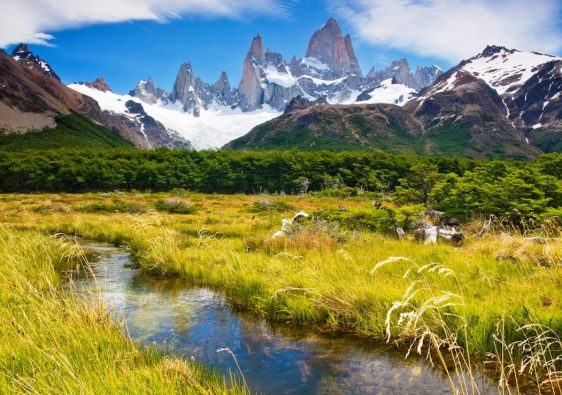Easter in 2019 falls on April 21st. As this holy festival draws near, Christians across Peru are gearing up for vibrant and unique celebrations nationwide. Known locally as “Pascua,” these festivities will span 7-10 days featuring fireworks displays, delectable traditional foods, solemn candlelight vigils, festive dances, and parades that continue from start to finish.
The Easter celebrations take place during Semana Santa (Holy Week), which commemorates Jesus Christ’s death, burial, and resurrection. The week culminates with grand fireworks displays at dawn on Sunday that light up towns from Iquitos to Cusco and Lima. The week kicks off with Domingo de Ramos (Palm Sunday), marking Jesus’ entry into Jerusalem—the final Sunday before Easter that signals Holy Week’s beginning. People gather in front of historic Spanish churches holding palm branch crosses to seek blessings for protection.
Following Palm Sunday is Jueves Santo (Maundy Thursday), where church priests wash twelve elders’ feet in remembrance of Jesus washing his apostles’ feet during the Last Supper. On this day commemorating Jesus’ final meal, Peruvians come together for a feast featuring twelve local traditional dishes. Be sure to try Chupe de Viernes—a rich stew made with root vegetables, shrimp, and lobster—commonly enjoyed during Easter. Locals say visiting seven churches on this day allows you to make a wish.
Next comes Viernes Santo (Good Friday), a day marked by mourning Jesus’ death with quieter and more somber activities though many cities still host parades. Sábado de Gloria (Holy Saturday) follows where people remember Jesus being laid in his tomb with candlelight vigils illuminating plazas and churches.
Easter Sunday (Domingo de Resurrección) is Peru’s most significant Easter celebration day starting with dawn fireworks displays followed by nationwide parties and festivities celebrating Jesus’ resurrection through food, dance, and parades. While common throughout Peruvian towns, some cities add extra events making Holy Week even more festive.
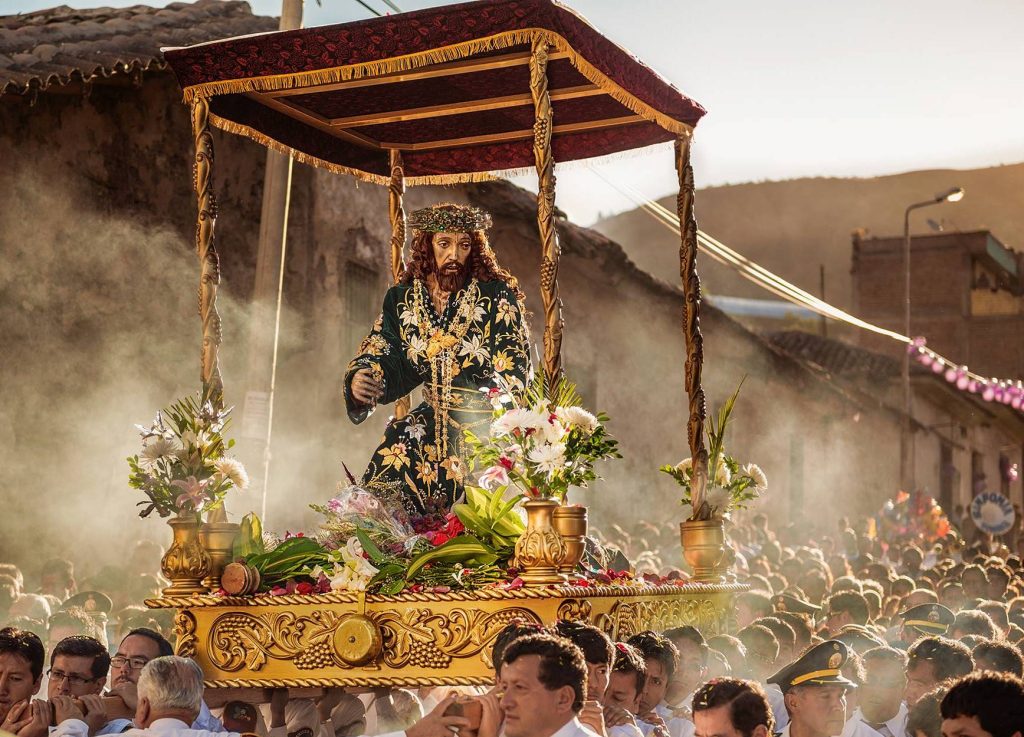
In Cusco, Easter Monday (Lunes Santo) is celebrated on the first day after Palm Sunday. This day is one of the most significant during Holy Week in Cusco and features a procession honoring El Señor de los Temblores (the Lord of Earthquakes). Legend has it that on May 31st, 1650, an earthquake hit Cusco but miraculously stopped when a statue of Jesus Christ on the cross was brought out from a church. The procession starts at Cusco Cathedral and winds its way to Plaza de Armas over six hours. The statue is decorated with red ñucchu flowers symbolizing Christ’s blood.
In Arequipa—a city in the Andes—the entire city engages in large religious ceremonies along with processions and festivities. Participants wear traditional costumes for horse races, competitions, street art displays, candlelight processions, and more. The streets are adorned with colorful flower-patterned carpets. Events kick off at noon on Palm Sunday by reenacting biblical scenes where Jesus walks through crowds holding palm branches. Holy Saturday includes fascinating pre-Columbian rituals and offers a full day to explore Peruvian crafts and textiles while sampling traditional foods. Don’t miss Arequipa’s candied grapes, figs, apples, chocolate-covered marshmallows, homemade nougat, and tasty local meat sandwiches during this period. On Easter morning images of Judas are burned at various locations in the sky. The final Easter Day procession is an unforgettable event; at dawn participants gather outside Arequipa’s cathedral for a grand ceremony where palm branches are lit and hymns sung.
Visiting Peru during Easter provides a unique opportunity to witness an extraordinary blend of local traditions and Spanish Catholicism through vibrant yet solemn celebrations across different regions. The flavors, aromas, sounds, and rich cultural heritage of Peru come alive during this religious festival week leading up to Easter.
